The word “debt” usually carries a very negative meaning. Often times, people view someone with debt as someone that has mismanaged their funds and are now living with the consequences. However, there are 2 kinds of debt that have both positive and negative aspects.
What is debt?
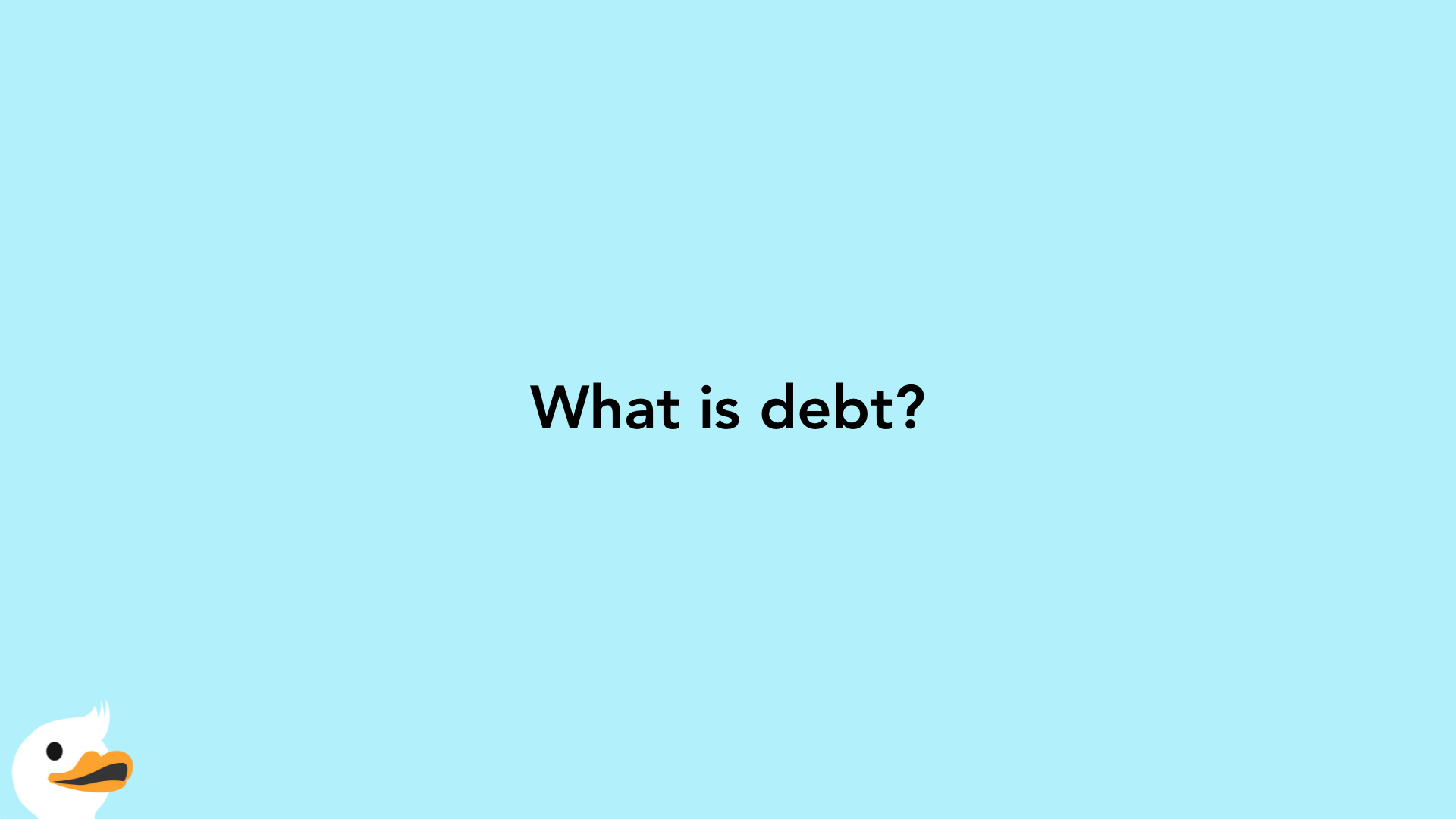
Debt is money that is owed to another party. Essentially, you are borrowing money to purchase goods or services that you could otherwise not afford to pay for at that particular moment. However, you contractually promise to repay the funds, with interest, in the future.
Good Debt
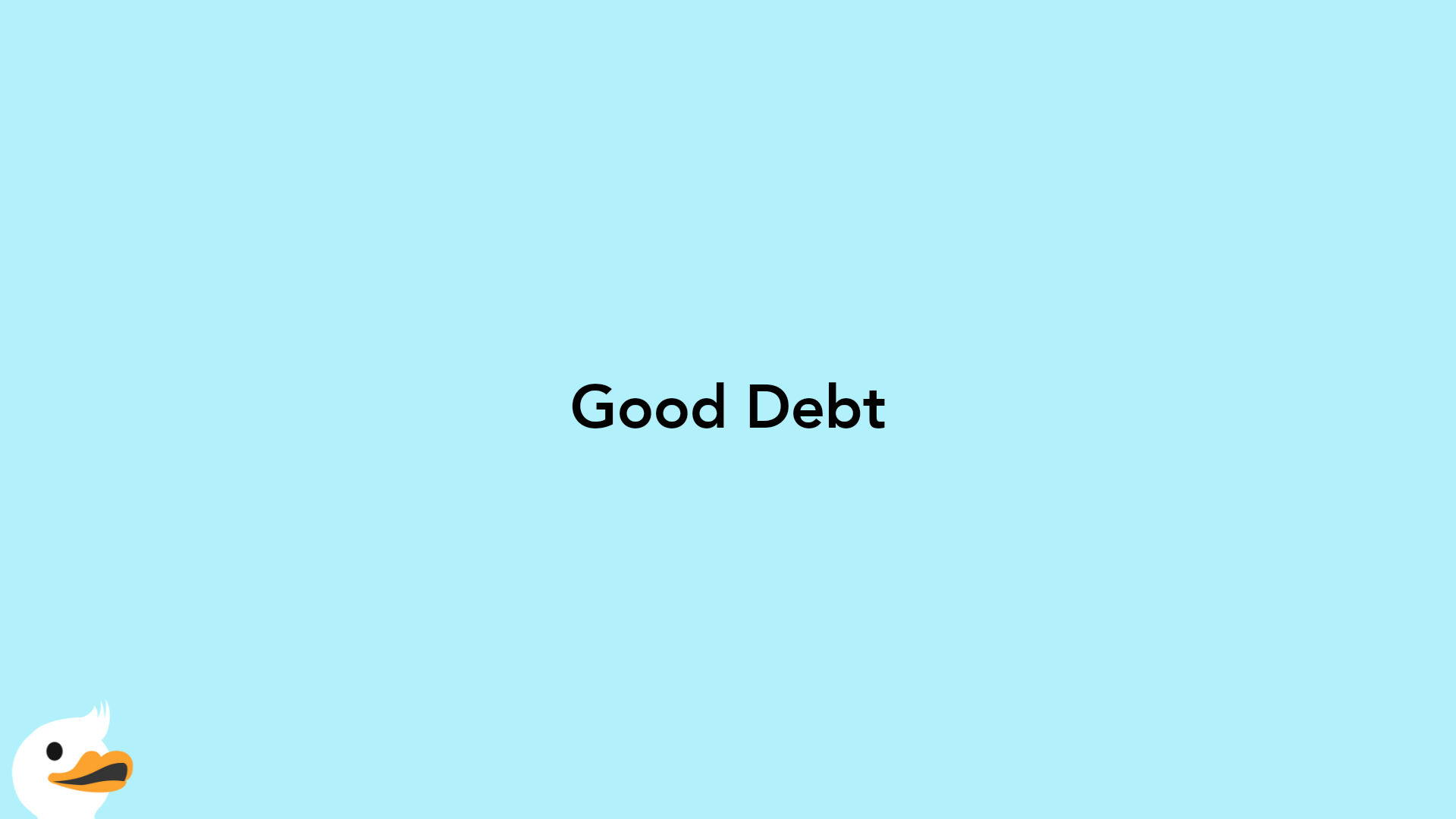
Good debt is an investment that will grow in value or generate long-term income. There are a few categories of debt that fit this description.
First, student loans or education loans are tuition fees that you incur in order to pay for your education. This is an investment in yourself! Theoretically, with this education, you will become more skilled, usually receive some type of degree, and raise your future potential income. On an optimistic note, student loans often have a very low interest rate compared to other types of debt. It is best to keep your student loan payment to less than 10% of your monthly income.
Second, most people will have a home loan. Very few people are able to buy their dream home in cash. As a result, a home loan is considered a financial investment. Instead of renting a place that has no financial return, owning your own home and paying a mortgage is a great way to help you generate wealth in the future. Ideally, when you decide to sell your home, you will make more than you paid for it. It is best to keep your house loan payment to less than 36% of your monthly income.
On the same thought of increasing the value of your home, you can take out a renovation loan. Home owners use this money to remodel and invest in their property. Theoretically, these renovations will result in a higher selling price for the home, which would make this loan a good payoff.
Another form of good debt is a business loan. This is probably the most risky, yet hopeful, type of loan. Taking out a business loan is with the goal of starting up or expanding a business. It is reasonable to need some working capital in order to generate more income in the future. This is especially true if an opportunity arises that is time sensitive. The money you borrow will ideally be turned into profit as your business grows.
Bad Debt
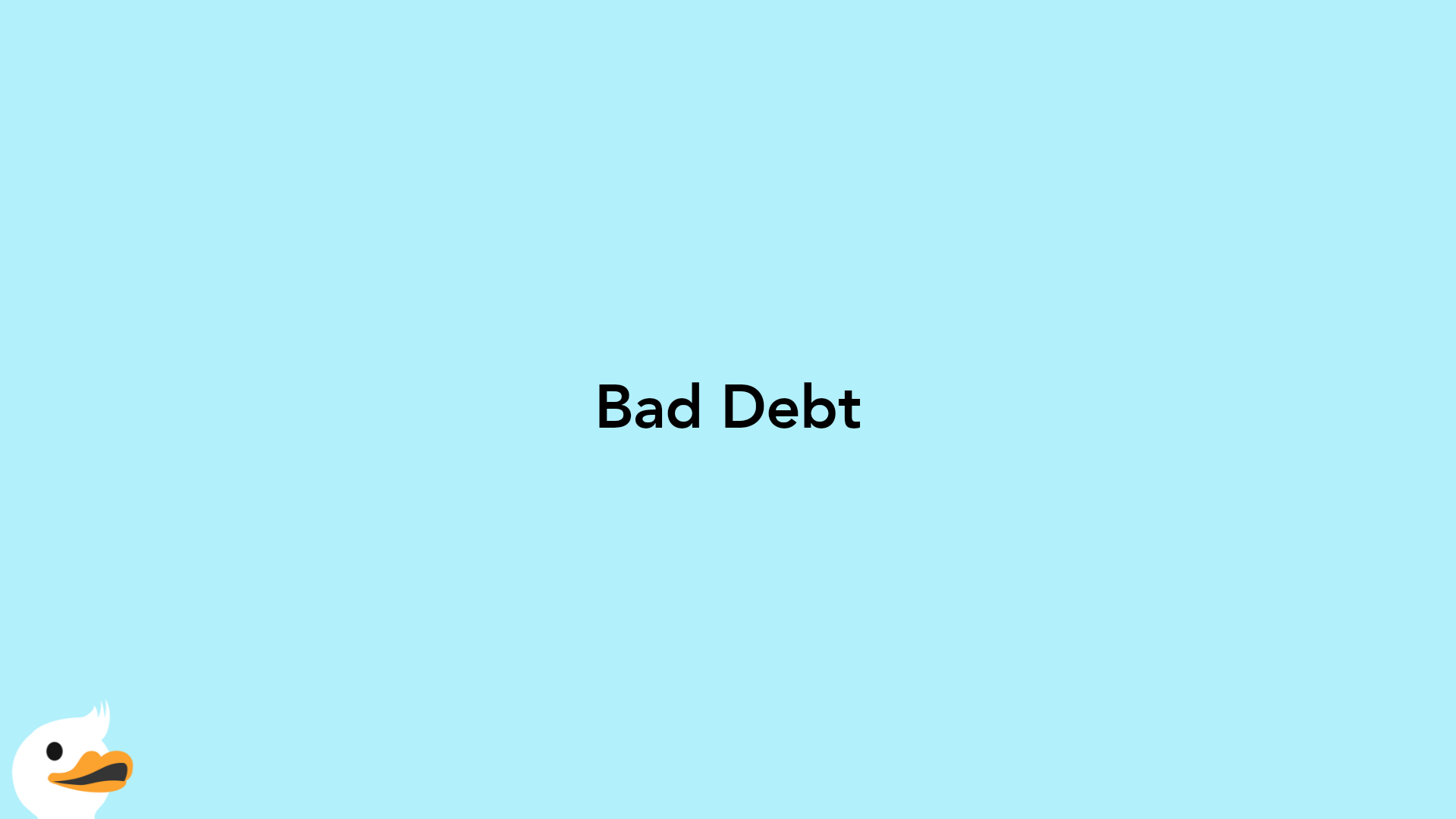
Bad debt is defined as debt that is either unnecessary, does not increase income, and often has high interest rates. Essentially, repaying the loan is more difficult.
The first most obvious form of bad debt is credit card debt. Many would argue that credit card debt is avoidable. It may result from a lack of self-control and can easily snowball with high interest payments. This happens if you do not pay your credit card balance in full each month. The remaining balance accrues interest every month.
Second, car loans are quite common but are considered bad debt. Vehicles are generally considered liabilities because of how quickly they depreciate and lose their value over time. Furthermore, auto loans have a fairly high interest rate. It is best to keep your auto loan payment to less than 20% of your monthly income. With careful planning and saving, vehicles can be paid for in cash. Therefore, an auto loan may be an unnecessary debt. On the other hand, one situation that it may be considered good debt is if it is used for an income-generating purpose, such as a business.
The last form of bad debt is personal loans, which include payday loans or cash advance loans. These are unsecured loans, which mean that they are given without any form of security or collateral. This presents a huge risk to the creditor. As a result, the interest rates are usually higher and failure to repay the loan can seriously damage your credit score. A personal loan usually occurs when the borrower is experiencing financial difficulties or is in an emergency.
Payday loans or cash advance loans are some of the worst kinds of debt. It gets its name because the borrower has until his next payday to pay back the loan, plus a fee, and any interest incurred over that time period. If you fail to pay it back on time, you incur another processing fee to “roll over” the loan until the next payday. These loans are notorious for having astronomical interest rates. Those who fail to pay back the loans often fall victim to a cycle of payday debt.
Final Thoughts

Having too much debt, even good debt, is never a good thing. Knowing the difference between good and bad debt is essential. However, low-interest good debt that increases your income or net worth can be beneficial. Taking out a loan is a long-term decision that can have both positive and negative consequences. Good debt is all about investing in the future and getting a return. Bad debt is for things that may not be necessary or have a higher risk of ruining your credit. Plan your finances well. Be money smart.






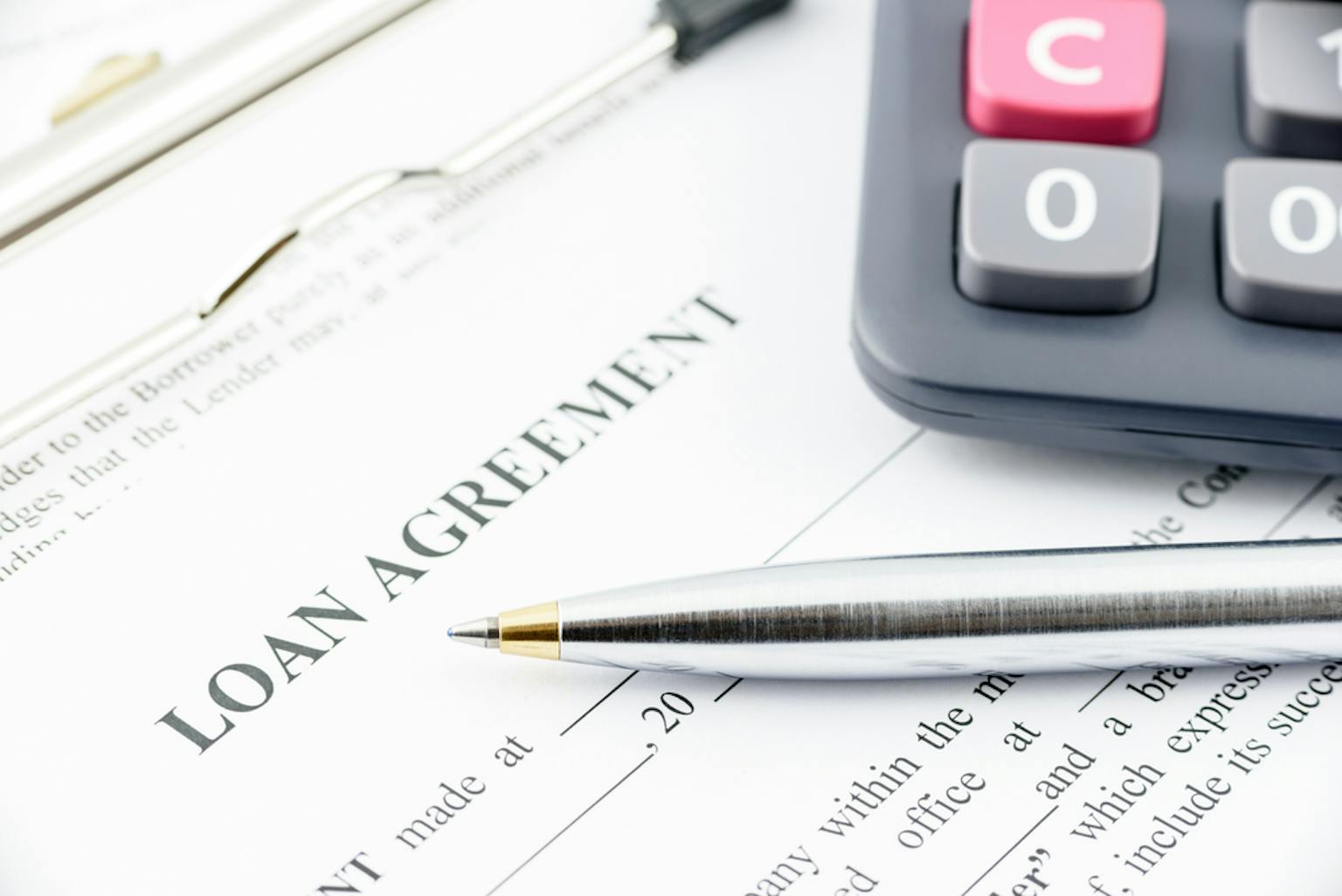
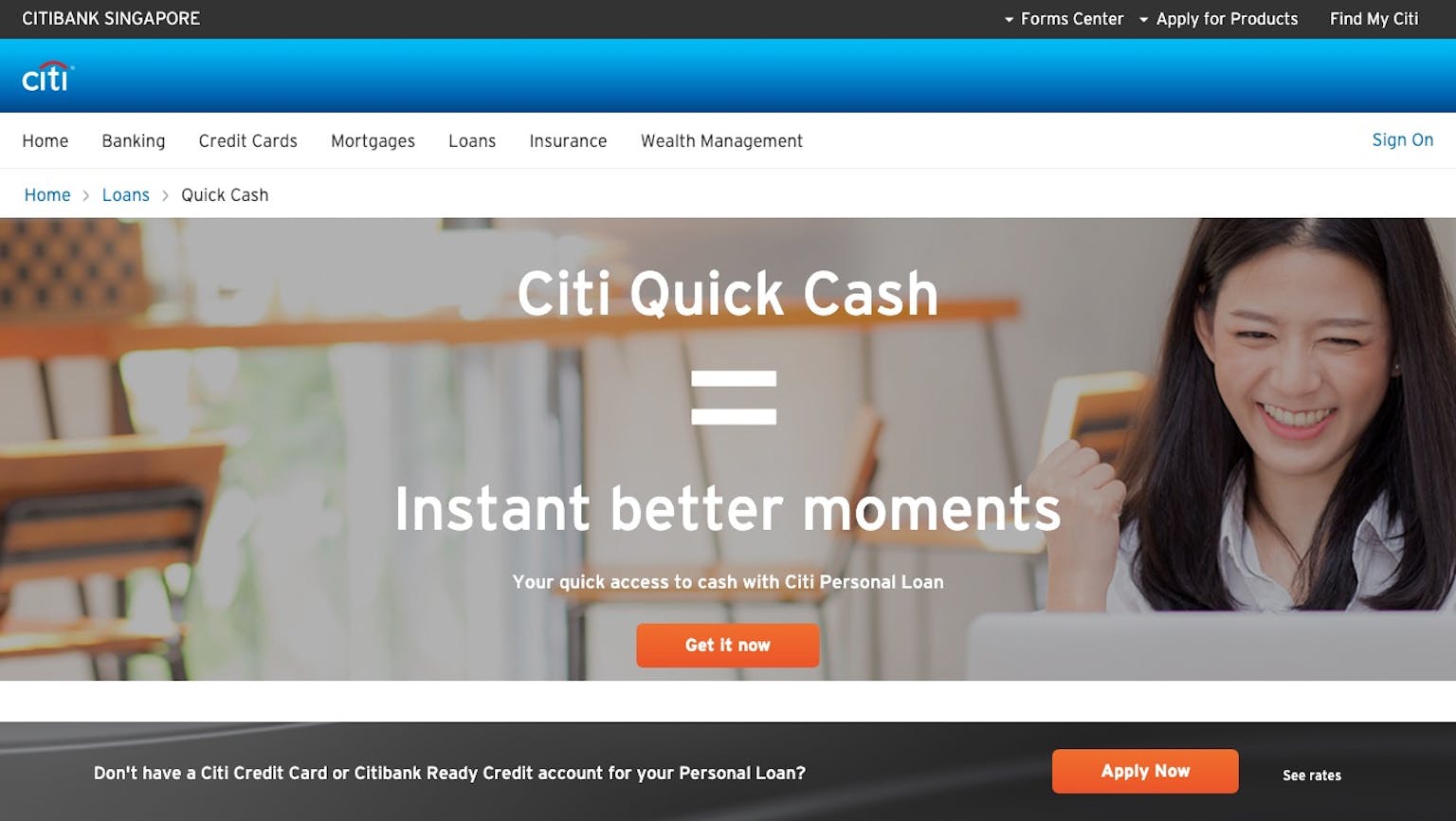
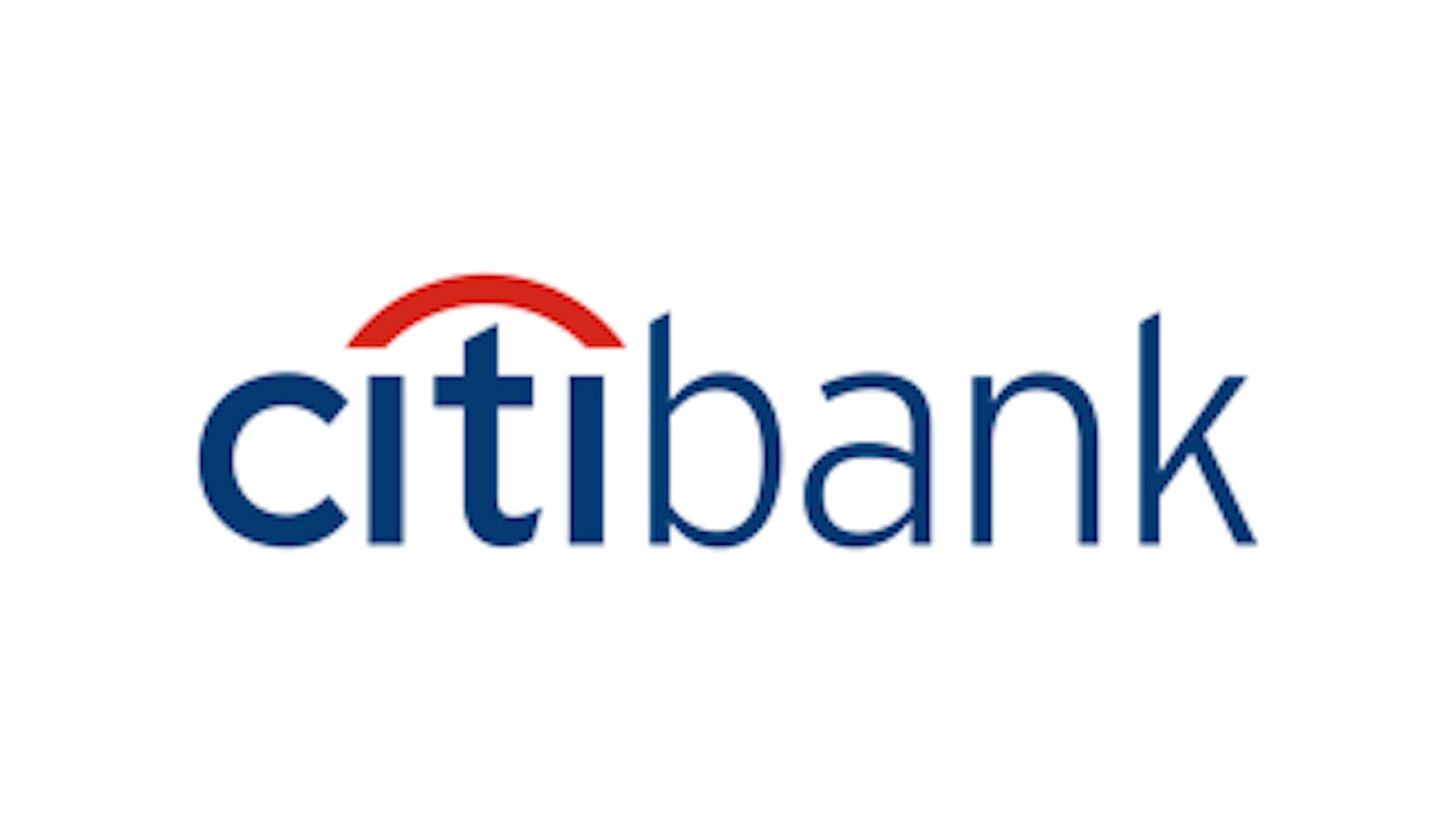
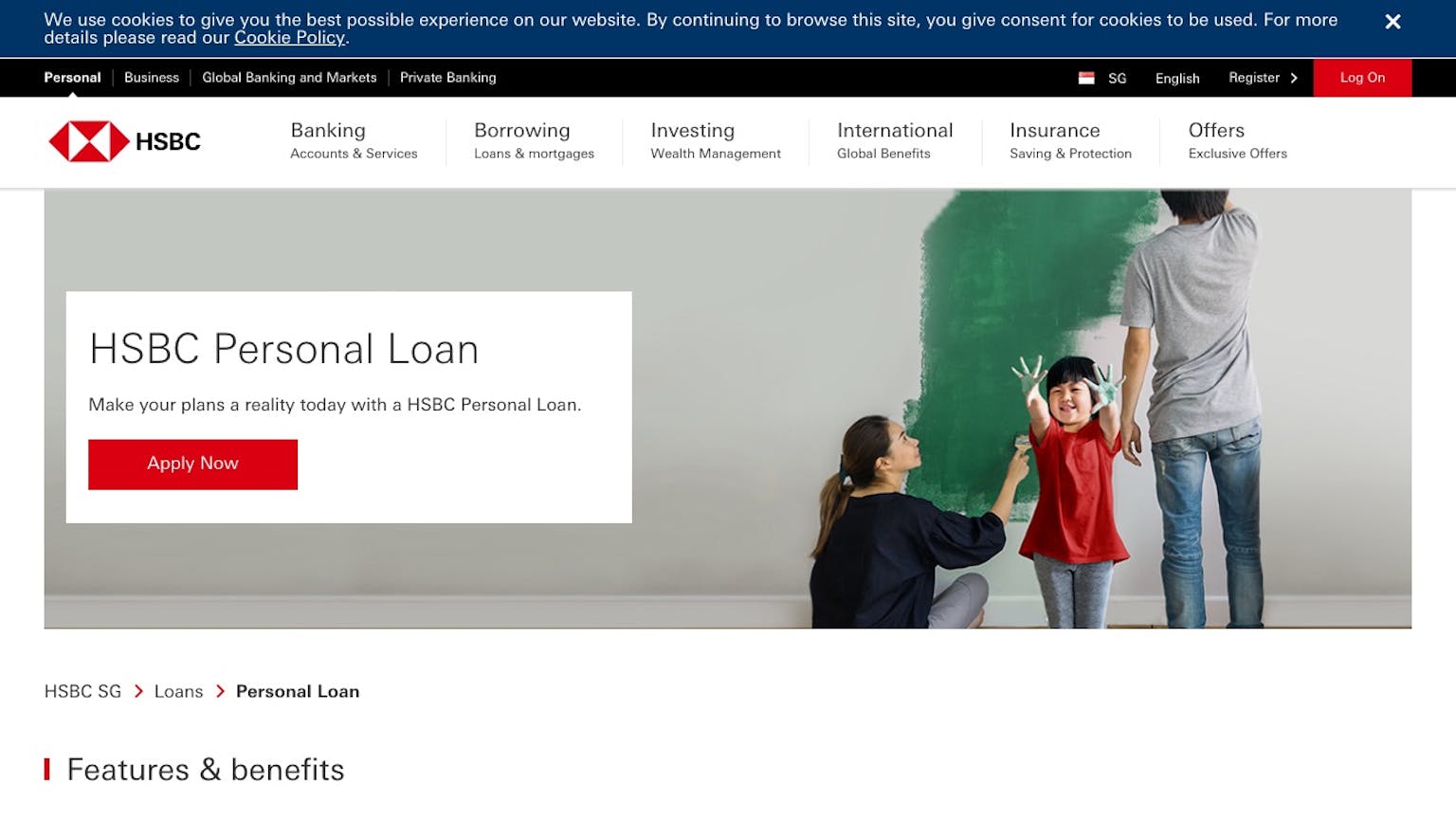
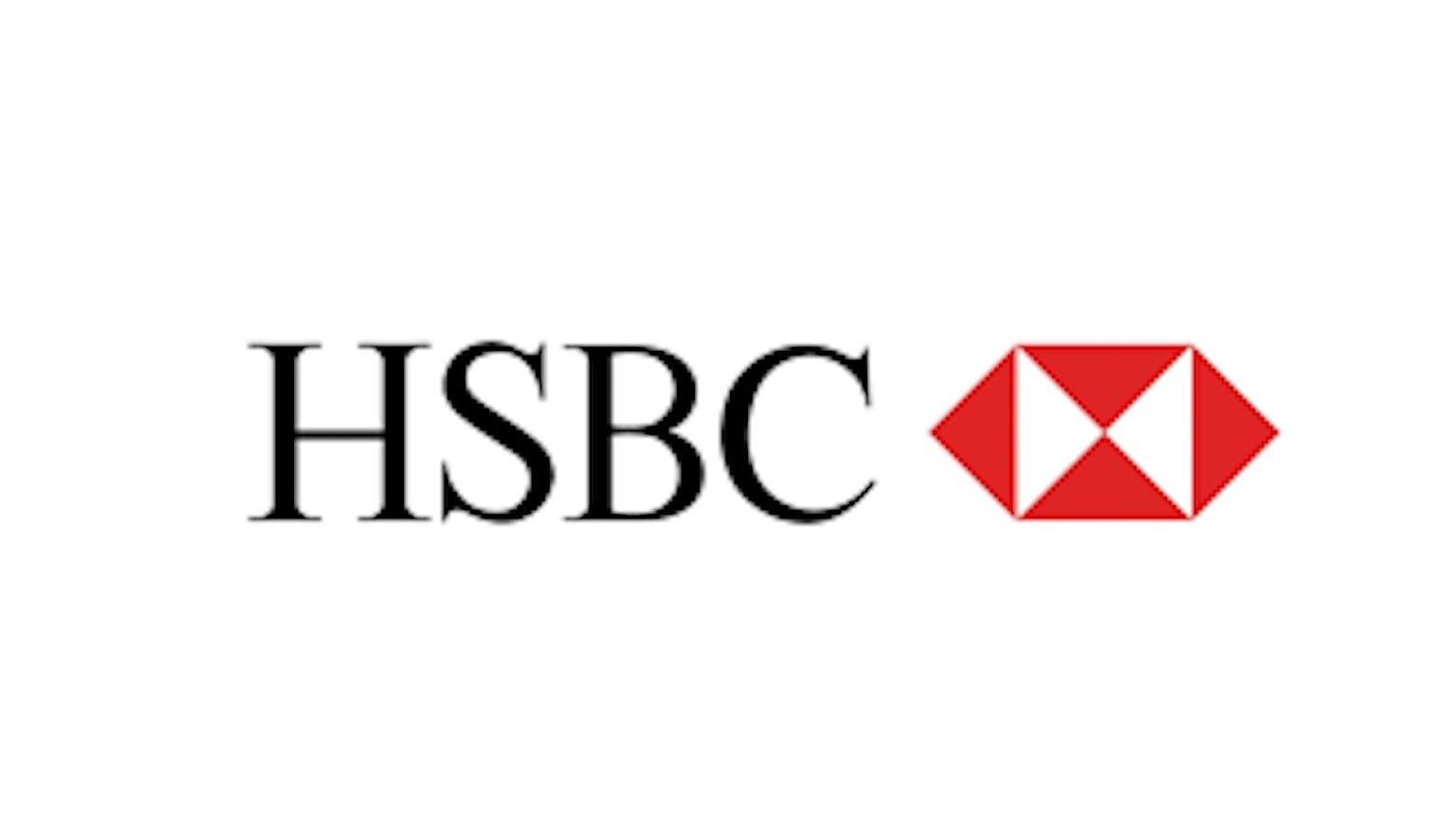

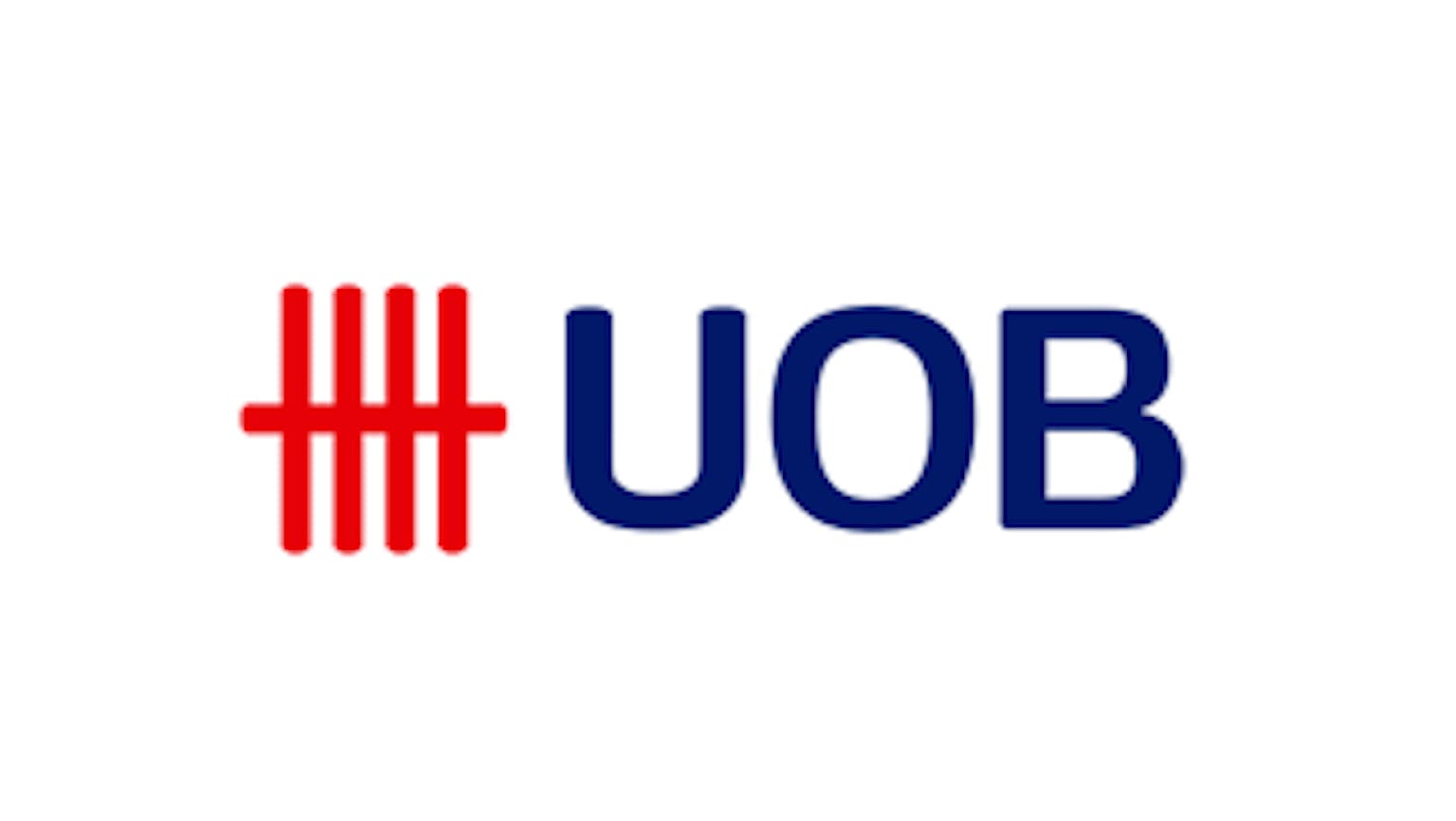
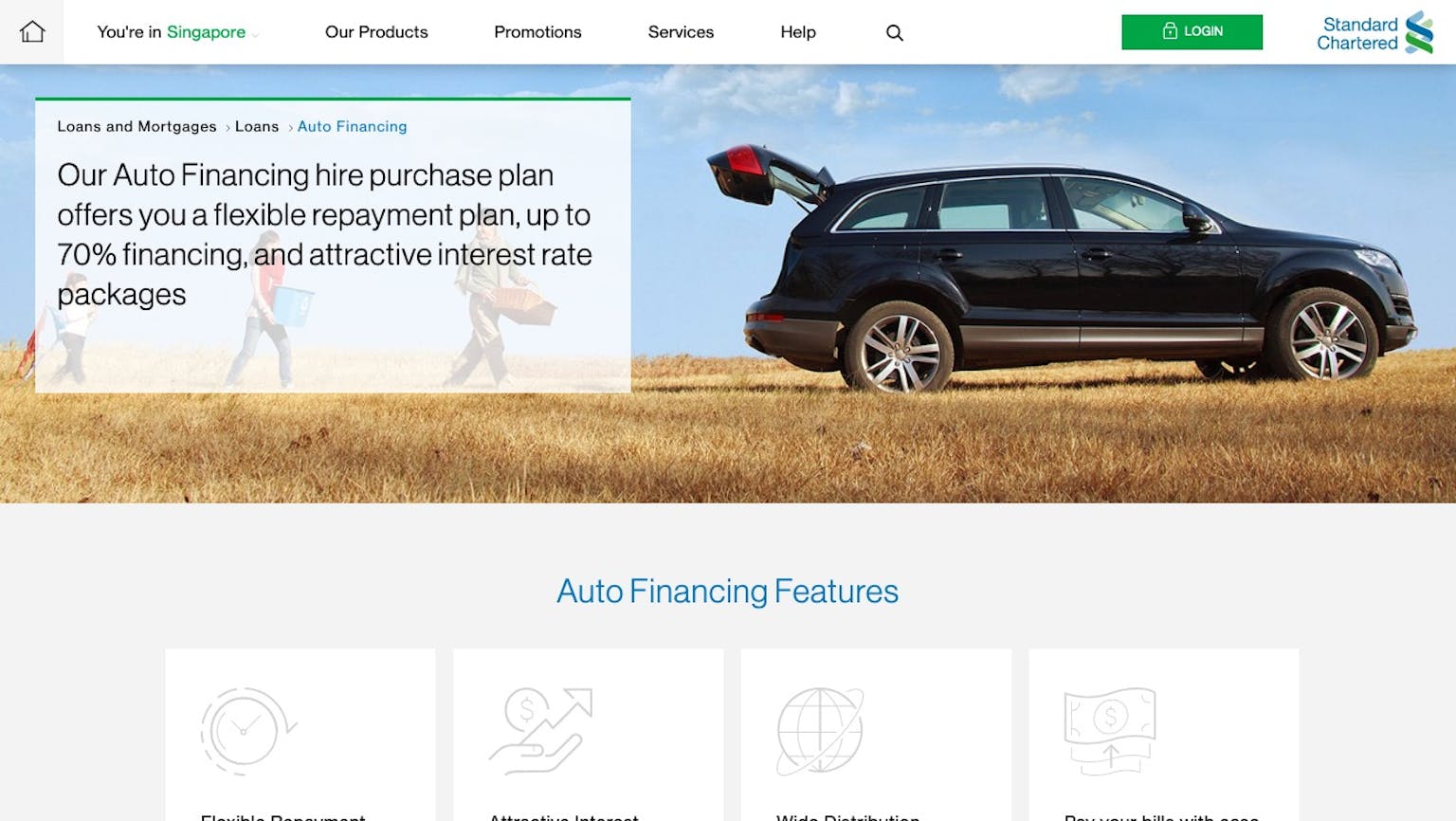
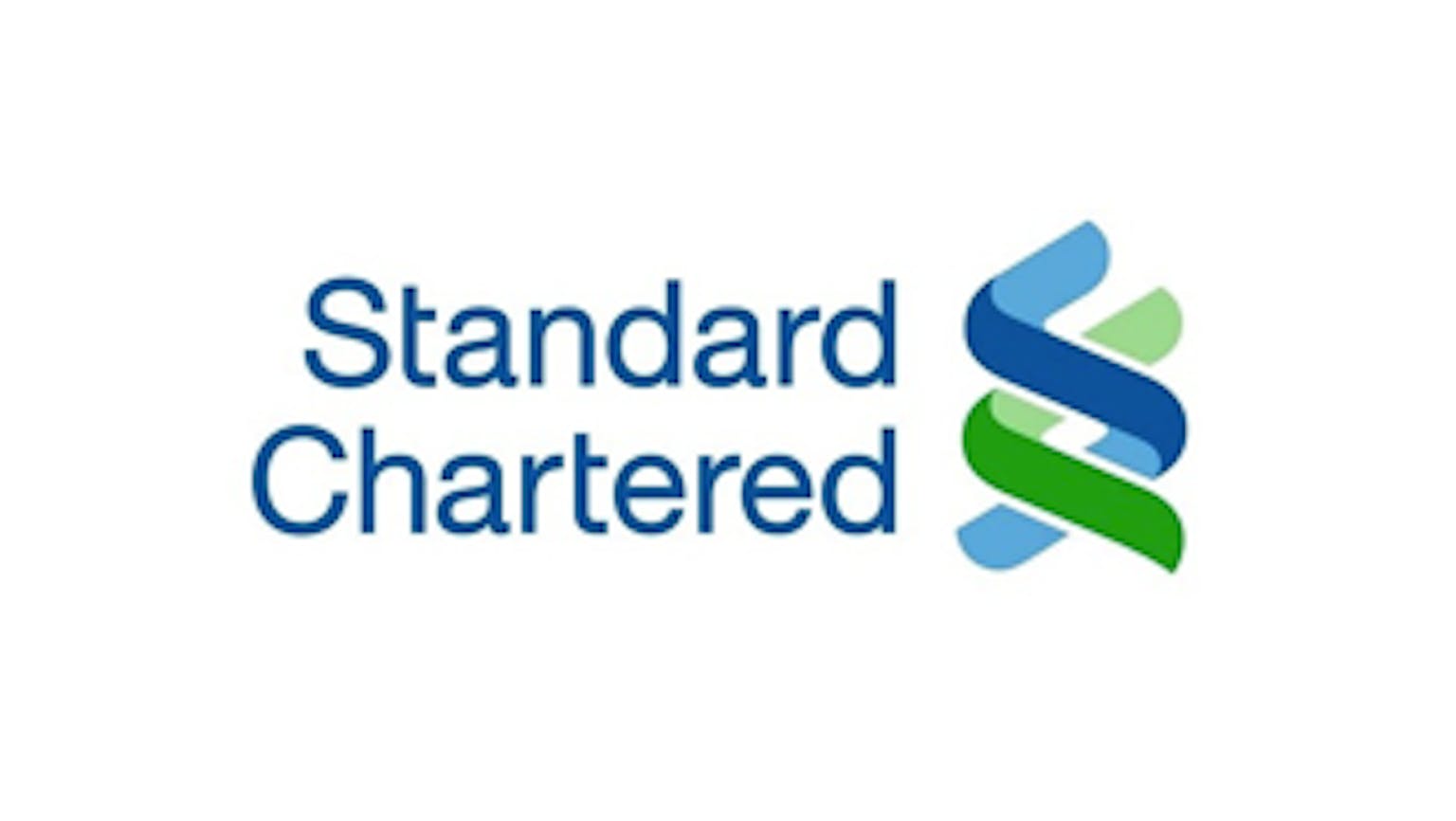
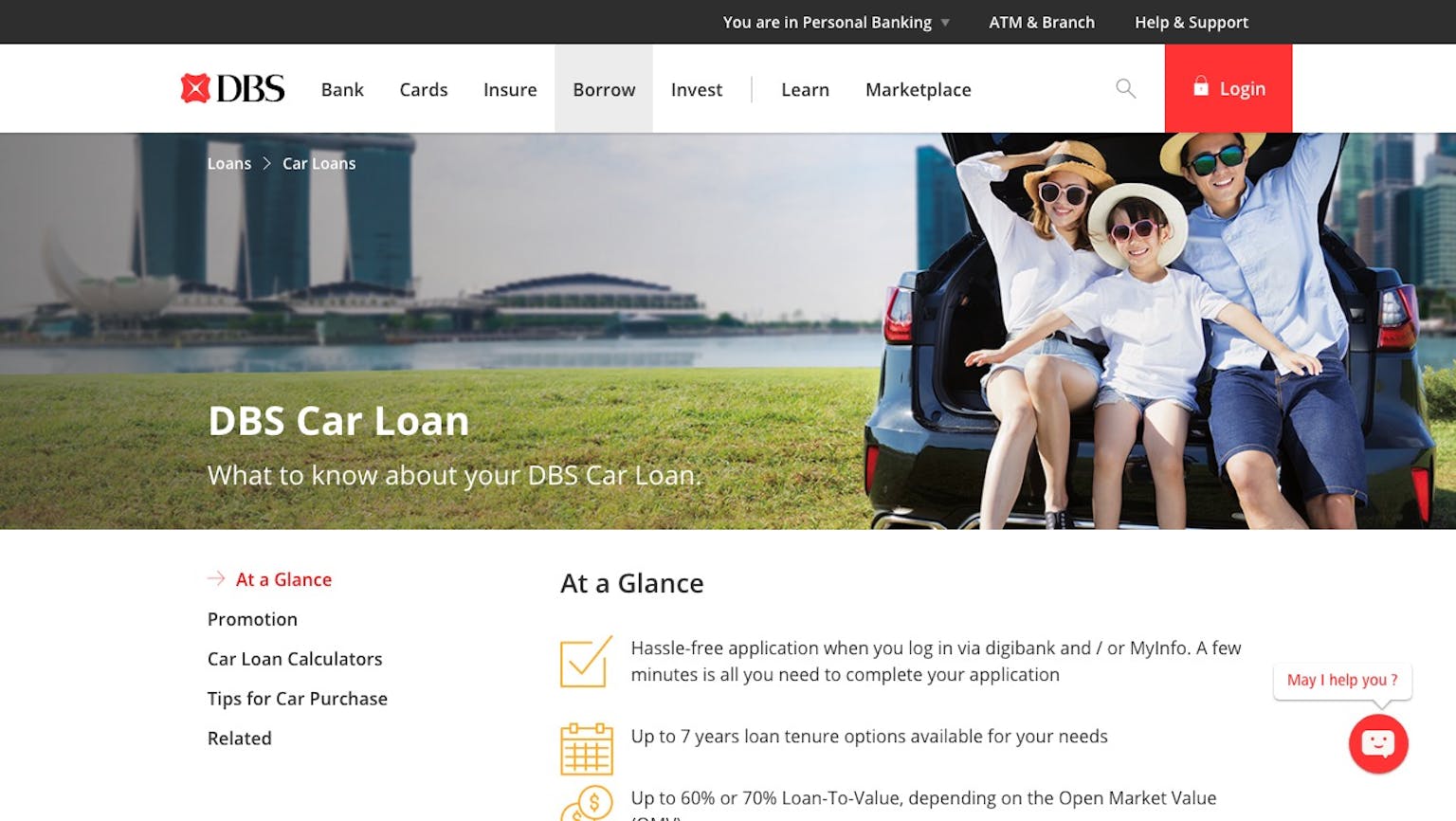
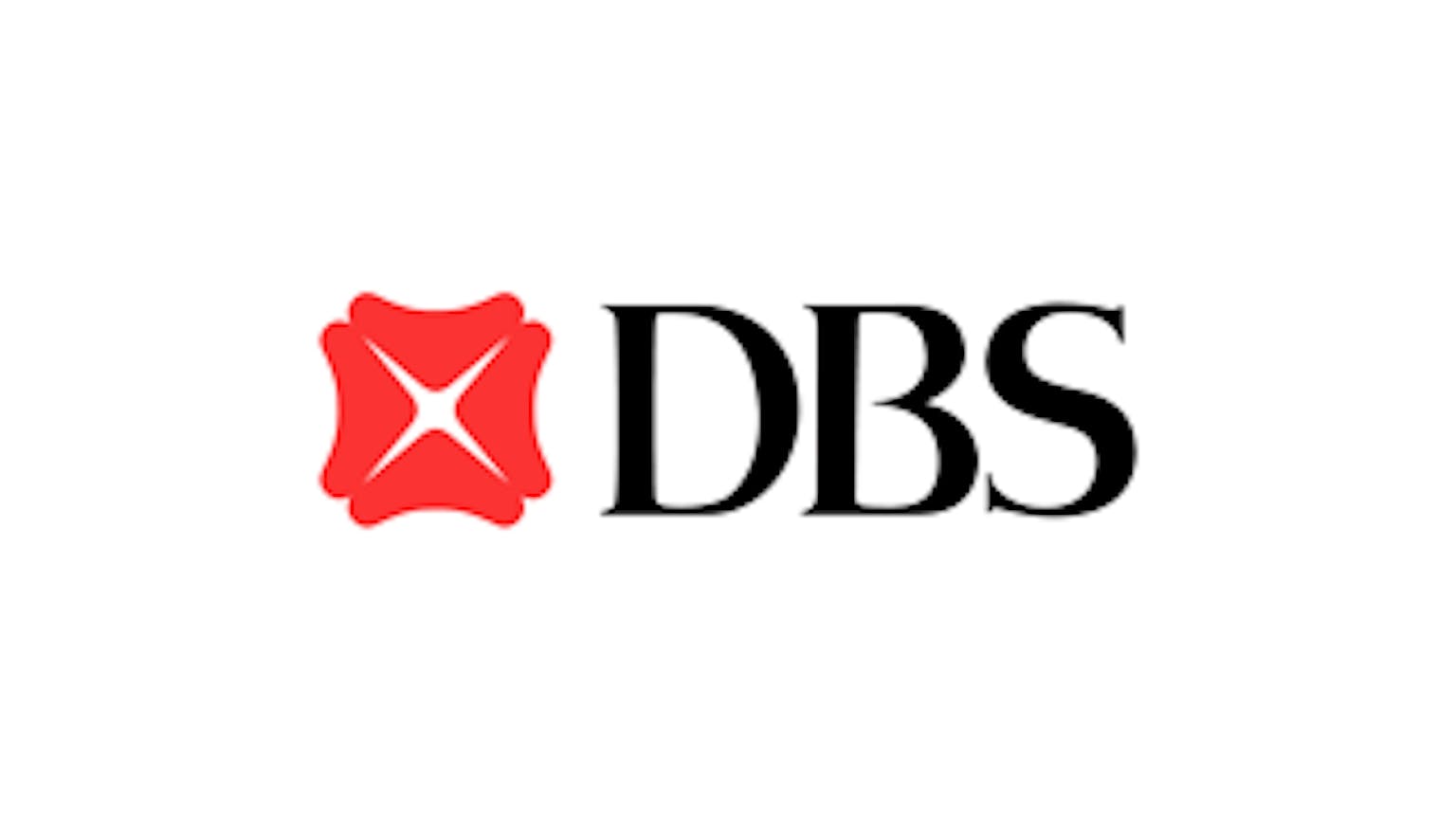
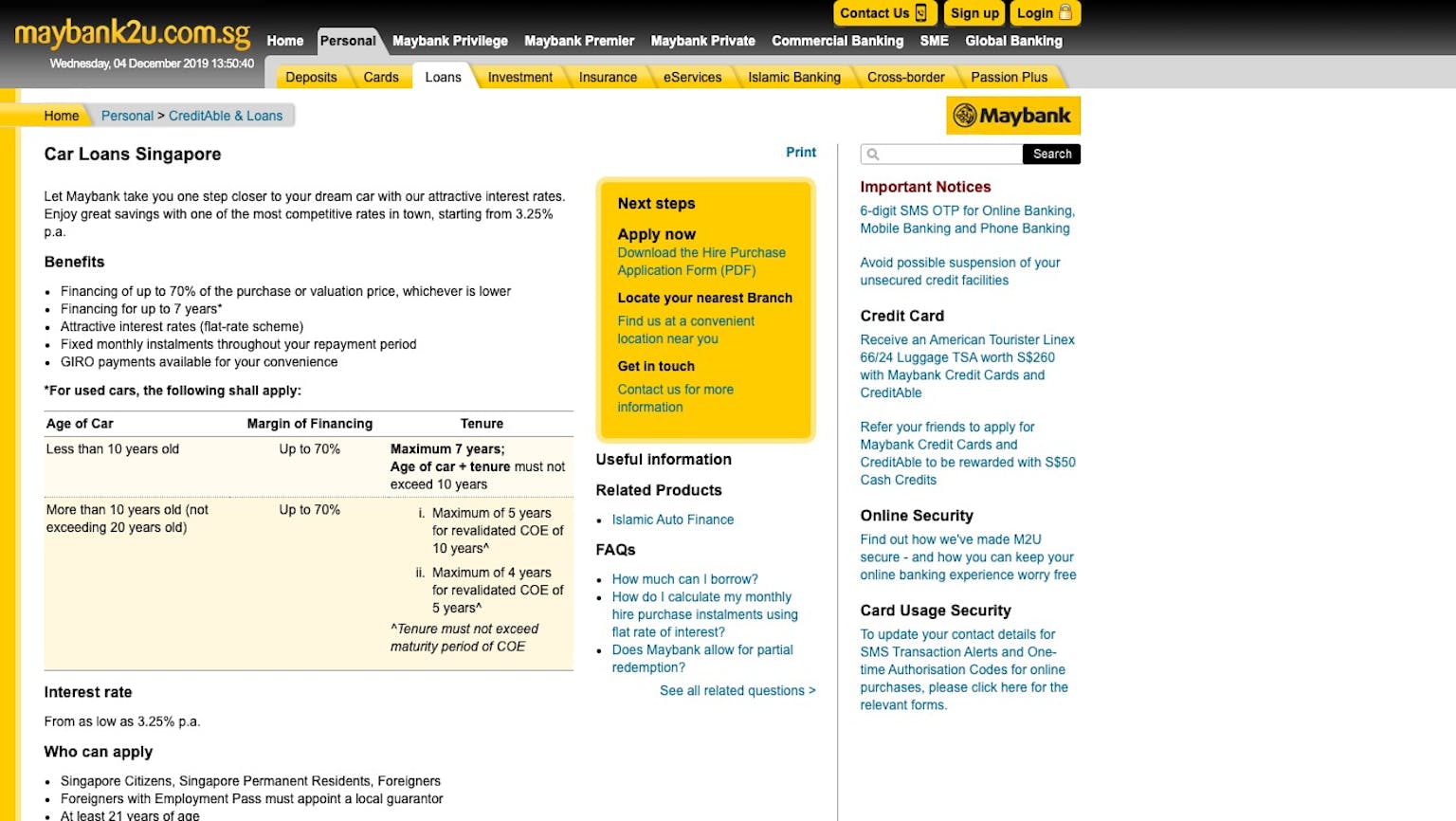


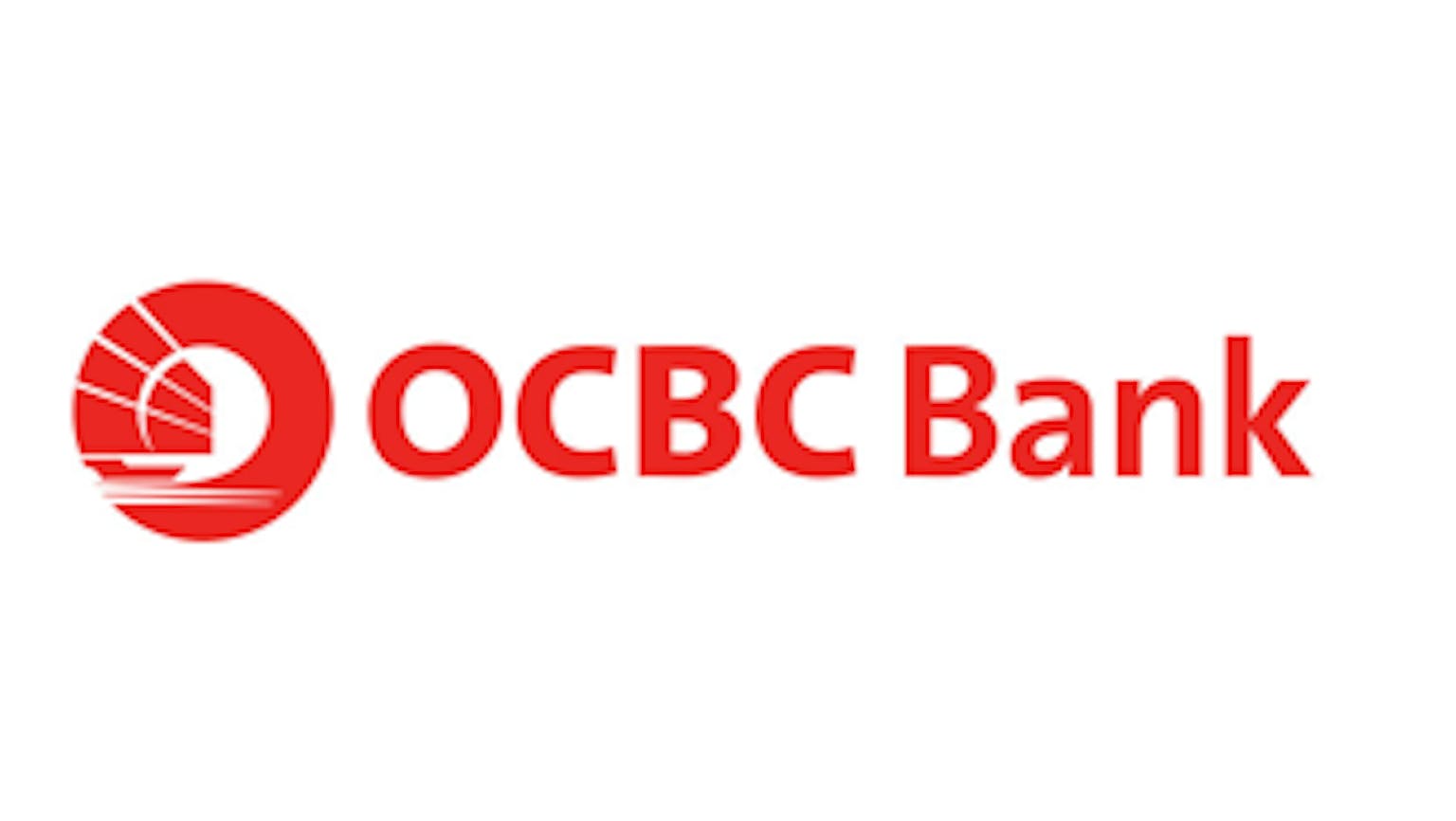
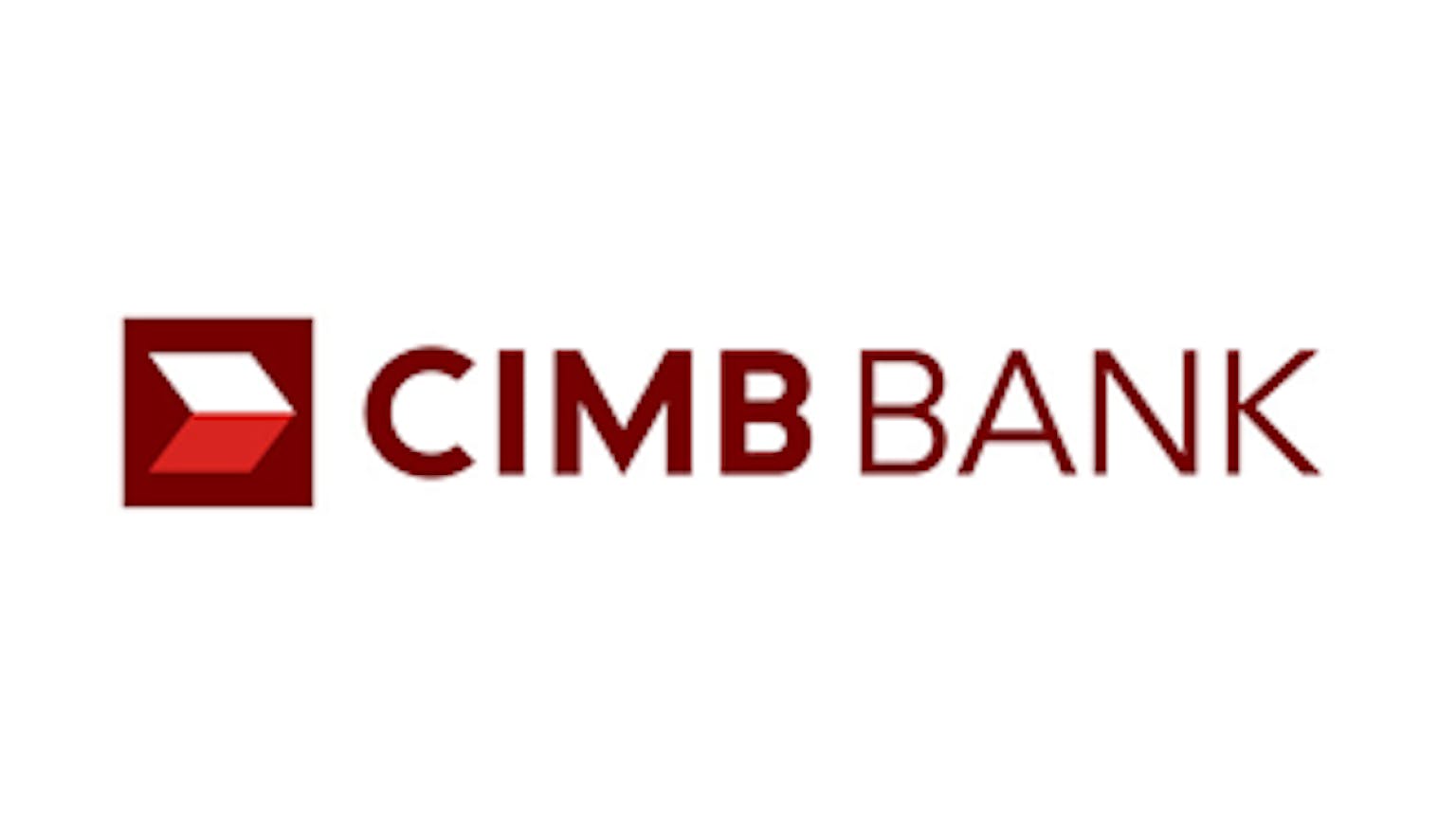

Please leave your knowledge and opinion!